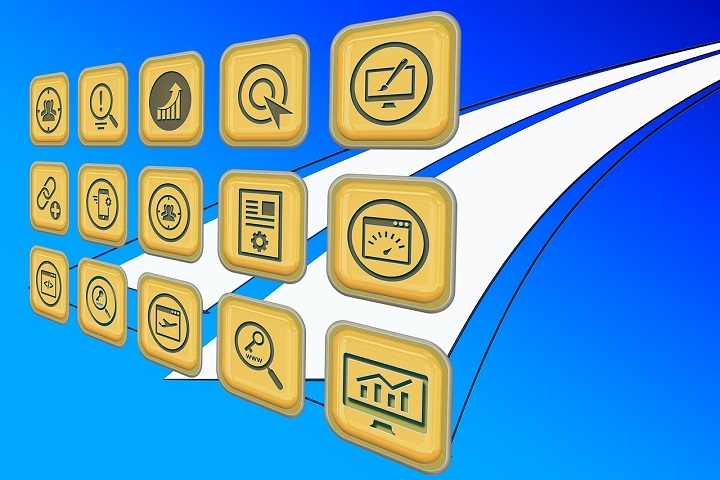Is Free Social Media Marketing On Its Way Out?

Up until the past year or so, one of the most common pieces of advice to professional online marketers was to take advantage of social media. Why? It's free! Millions upon millions of people use it, and it is most definitely an untapped potential source for leads and sales. However, free social media marketing was highly recommended up until recently due to the fact that advertising in these networks was virtually unheard of.
Instead, brands and companies began carving out their own tribes, complete with likes, followers, and a social reputation. The main idea was to continually grab more "likes" via Facebook and followers via Twitter. Ensuring that this was done was a surefire way to reach out to an extended customer base without having to invest a dime. Social media made it easy for brands and companies to reach their customers on a global basis, something that had never been done before.
Business owners shouldn't be deterred at the thought of investing a little capital into social media marketing. However, having quality content is still the most important rule of thumb. Pouring funds into content that simply isn't engaging is a poor decision. In fact, having highly shareable content could actually save business owners advertising dollars in the future.
Smartphones Thickened the Pavement for Online Marketers
In the mid to late 2000's, smartphones had become second nature to cell phone users. With a smart phone, a user could not only access his/her social media accounts, but pay their bills online, text their friends and family quickly, play high quality games, browse the internet easily, and more.
Because smartphones became more popular over time, the fire of social media was also fueled. Social media companies also saw that mobile was becoming a more important market for them. Instagram remains a great example; it began as a mobile application, and it is still growing so rapidly that it has expanded by just under 25% in the past six months.
Facebook's Recent Changes
One of the many problems that marketers benefiting from free social media exposure are facing as of now are the recent changes that Facebook has made to some of its features.
For example, brands, companies, and apps can no longer provide incentives to potential users for liking their pages. This means a brand cannot offer a user a discount, freebie, or coupon in exchange for a "like." For many brands and companies, a large hit was taken due to this change.
According to Facebook, this change was made to instill the importance in a user's "like." A fan should only "like" a brand's page when they genuinely want to, not in order to obtain a prize or incentive.
Not only has Facebook made changes to the rules surrounding the way in which a user must "like" a brand, but they have also cracked down on how many of your updates users are actually seeing in their news feeds. In some cases, users will only see 2.71% of your posts. Why? As users continue their stay on Facebook, they acquire more Facebook friends and "like" more pages. With a higher number of entities sharing updates, the user will need more time to scroll their News Feed - something that could cause him/her to gradually lose interest in what's happening on it. An increased number of users and noise, as well as decreased reach, makes it apparent that paid marketing is becoming more important.
At this point, the 8 major social networks all offer paid advertising options to online marketers.
Top 8 Social Networks and Their Paid Marketing Options
Facebook - Among Facebook's entire user base, 1.3 billion of them log on at least once a month. Facebook began offering advertising options in the third quarter of 2004. Ads are placed along the right side of the page, as well as throughout the News Feed. Ads also appear on mobile.
Google+ - Out of Google+'s entire user base, 830 million log on at least once a month. Advertising was launched in the fourth quarter of 2013.
YouTube - 1.3 billion users are unique each month. Advertising was offered in the third quarter of 2006. Options include in-video ads to both anonymous and logged in users. YouTube is a monster and the future of online advertising to billions.
Twitter - Twitter has over 250 million users. Advertising options began in the second quarter of 2010. Advertising options include the timeline, left and right side of the page, and mobile.
LinkedIn - LinkedIn is home to 200 million unique users per month. Advertising options were introduced in the third quarter of 2008. Logged in users can see ads, or "sponsored updates."
Instagram - Instagram sees 200 million unique users per month. Ads began in the fourth quarter of 2013. Users that are logged in see the ads in their feeds.
Pinterest - 60 million people actively use Pinterest every month. Ads began in the third quarter of 2013. Ads appear to members in their feeds.
Tumblr - 48 million unique visitors use Tumblr each month. Advertising began in the second quarter of 2012. Members see ads in their feeds.
Because social media and technology are both always changing, online marketers must adapt to avoid falling through the cracks. Understanding the culture of social media marketing and how to create successful social media campaigns is only going to become more important to businesses in the future.
We create effective social media strategies to generate leads by connecting with your audience. We deliver digital thinking, creative ideas and superior execution to Increase Brand Awareness.
ReplyDelete